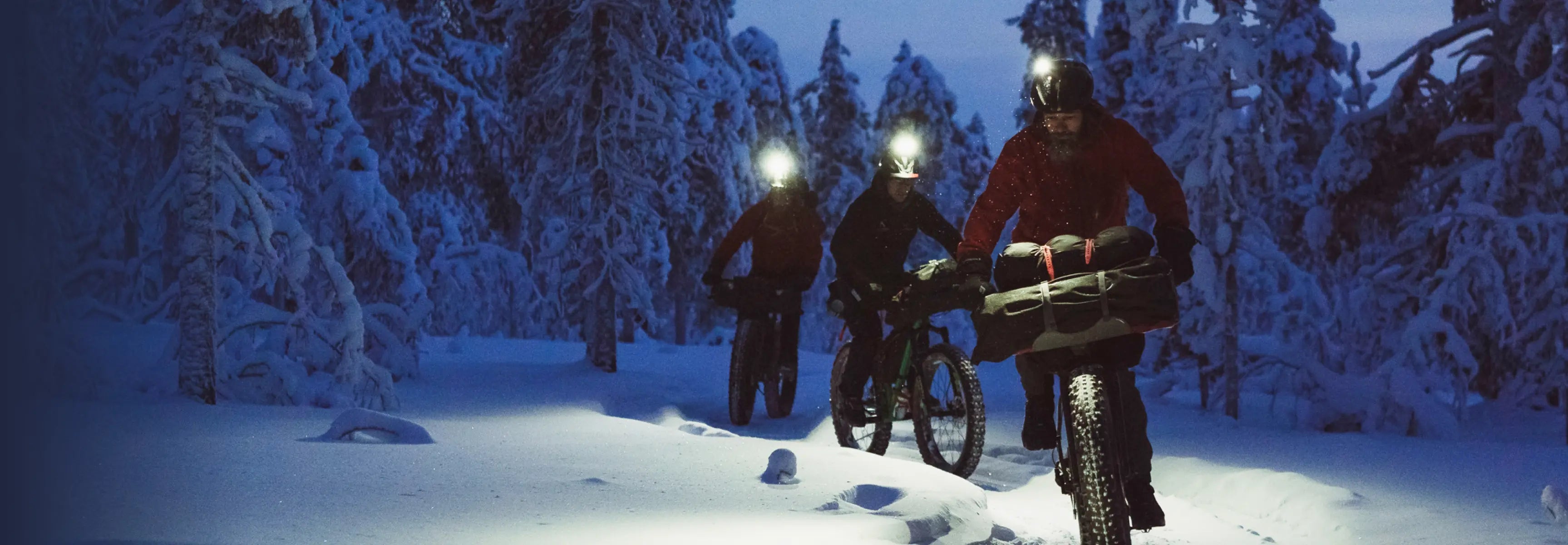
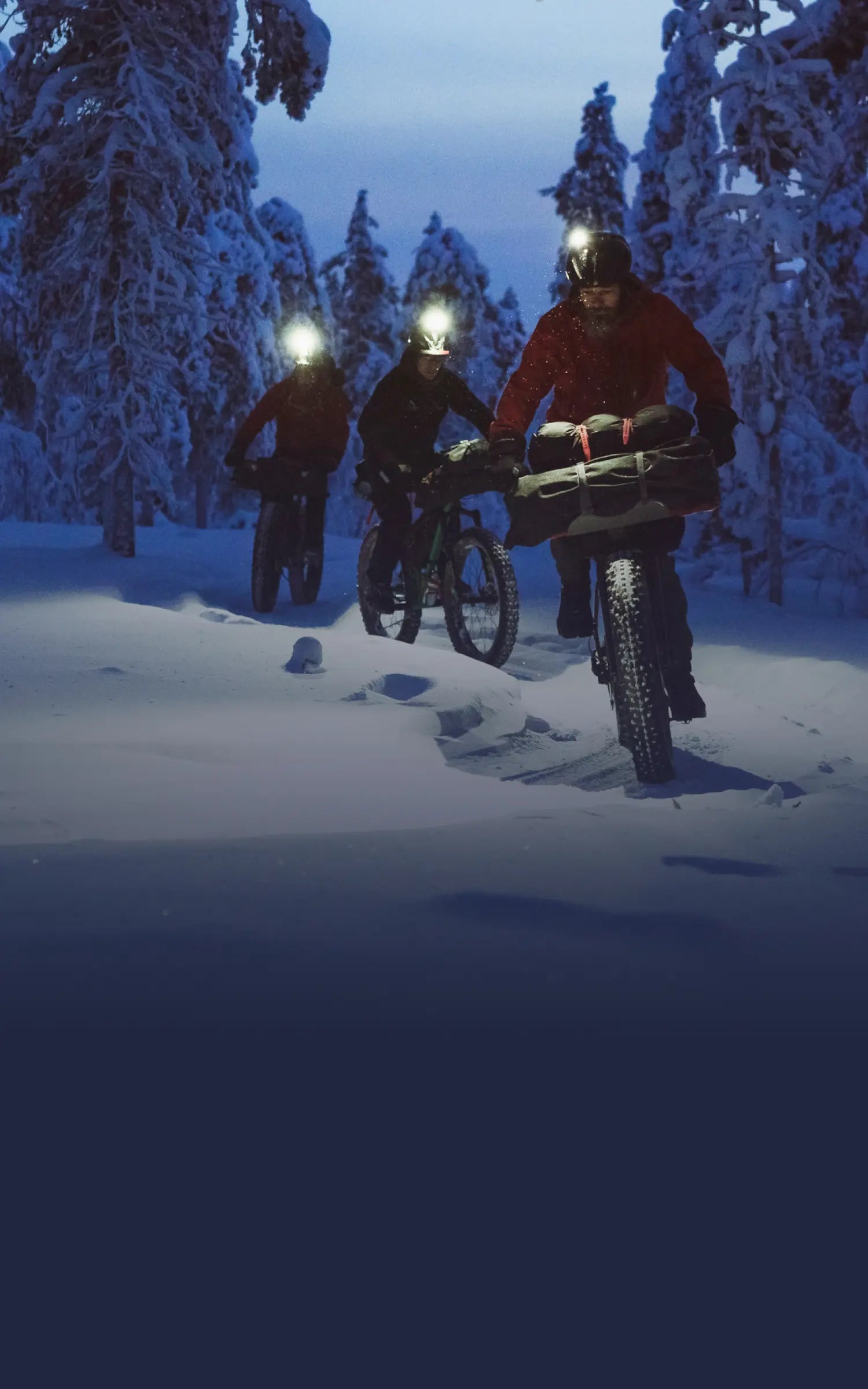
Suunto Blog
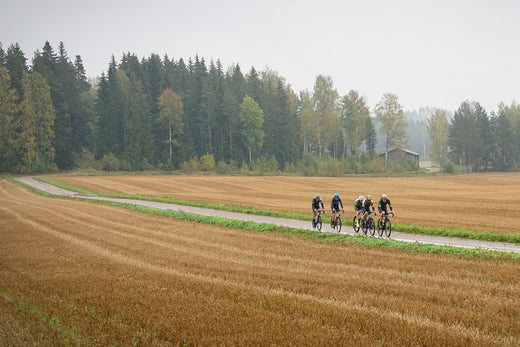
Get ready for a gravel race!
Nordic Gravel Series team member, rider and coach Joonas Henttala gives his essential tips for a successful gravel race.
Joonas Henttala, a coach and a Nordic Gravel Series team member, has more than 10 years of experience in the professional peloton. In 2023, after ending his road cycling career, he turned to coaching and gravel event organizing, took up trail running as his personal challenge while also riding gravel.
We got in touch with Joonas to get some tips for a gravel race. Read on and be ready for a big, fun day out!
Progressively build your fitness
Gravel races are long and require a strong, aerobic base, which is built by spending quality time in zone 2 and later layering higher intensities and race spesific efforts on top.
Joonas says that consistency and progressively adding training load are the keys to successful endurance training.
“Riding one hour five times weekly is a better start than a five-hour smash-fest once a week. After your body starts to adapt, you can progressively add more training load. It does not make sense to do a huge hero ride way beyond your limits on the weekend and then recover from it the entire following week. The body simply can’t assimilate that and progress will be slow. The aerobic needs required in a long event or race need consistent stimulus over long periods of time.”
The slower speeds and smaller groups make the power output on gravel slightly different from the road.
“On the road there’s often more coasting and higher power peaks, while gravel riding is more grinding, keeping constant pressure on the pedals,” Joonas explains.
Get comfortable riding in a group. (Image: NGS/Falling Leaves Lahti)
Practice your bike handling
Solid bike handling skills are essential as gravel riding can get technical, almost like mountain biking. Especially if your background is in road cycling, practicing your bike handling can be very beneficial.
“If you come from the road, you may assume there’s grip everywhere. But gravel is different. You must learn to find the grip on a surface that’s moving underneath you. Practice different kinds of turns on different surfaces.”
Mountain bikers are comfortable with the varied terrain. For them, Joonas recommends getting comfortable riding in a big group. The first hour of a gravel race can be especially hectic. Still, you should be able to stay relaxed and not get intimidated by leaning on one another or touching handlebars with someone.
“Joining a few group rides before taking part in a gravel race is definitely a good idea. After a few of them, you will start to feel more comfortable,” he promises.
“Solid bike handling skills and experience from group riding help you save energy, too.”
Get to know the course
Knowing the course well is definitely beneficial. However, pre-riding the entire course is often not an option as the distances of gravel events are so long. That’s when the Suunto app comes in handy: Import the route GPX file to the Suunto app (or sync it from a compatible partner service, like Strava or Komoot) and study the course. Look at the altitude profile to identify the big climbs – and descents.
“Try to save some energy for the big climbs. That’s where the strong riders will make their moves,” Joonas instructs.
“That same applies to other parts of the course as well: Try to save energy when riding easy sections, like roads. When the riding gets more technical and the speeds slower, be prepared to hammer.”
The map in the Suunto app is a great way to identify those key sections: Look at the roads, tracks and trails. How wide are they? When is it getting technical? If, for example, a road narrows to a single track, you don’t want to be in the back of the group and stuck in a traffic jam. Take your positions early.
The fun is about to get real! (Image: NGS/Falling Leaves Lahti)
Refuel early
In a long endurance event, a steady pace would be optimal – but often far from reality in gravel races. If you want to stay in the front, the first hour is decisive: You must weigh whether you can afford to ride a little too fast in the beginning to stay with the group without bonking.
Try to also conserve energy: Draft in the group and remember to start refueling already at the beginning of the long race. If you don’t refuel during the first hour, you will have to pay for the consequences later.
“Riding should feel hard, but not so hard that after the first hour, you’ll start to question if you’ll be able to finish the race,” Joonas says.
Having the necessary energy in the bottle for the first hour might be a good idea. This way you don’t need to mess with gels and bars in the heat of the early part of the race.
Remember what’s important
People take part in gravel events with quite different approaches: some are there to win, others to test their own limits. Some simply want to have a good time on the bike and make new friends.
“Gravel races are quite different from road races. Even in the lead group people chat and have smiles on their faces. I certainly hope it stays this way,” says Joonas.
Whatever your goal, ride hard but be polite and considerate of others.
“If you cross the finish line with emptly legs and a big muddy smile on your face, the day has been successful – whatever your goal!”
Coach Henttala himself after Traka 360 in Girona in May 2024.
Learn more about the Nordic Gravel Series
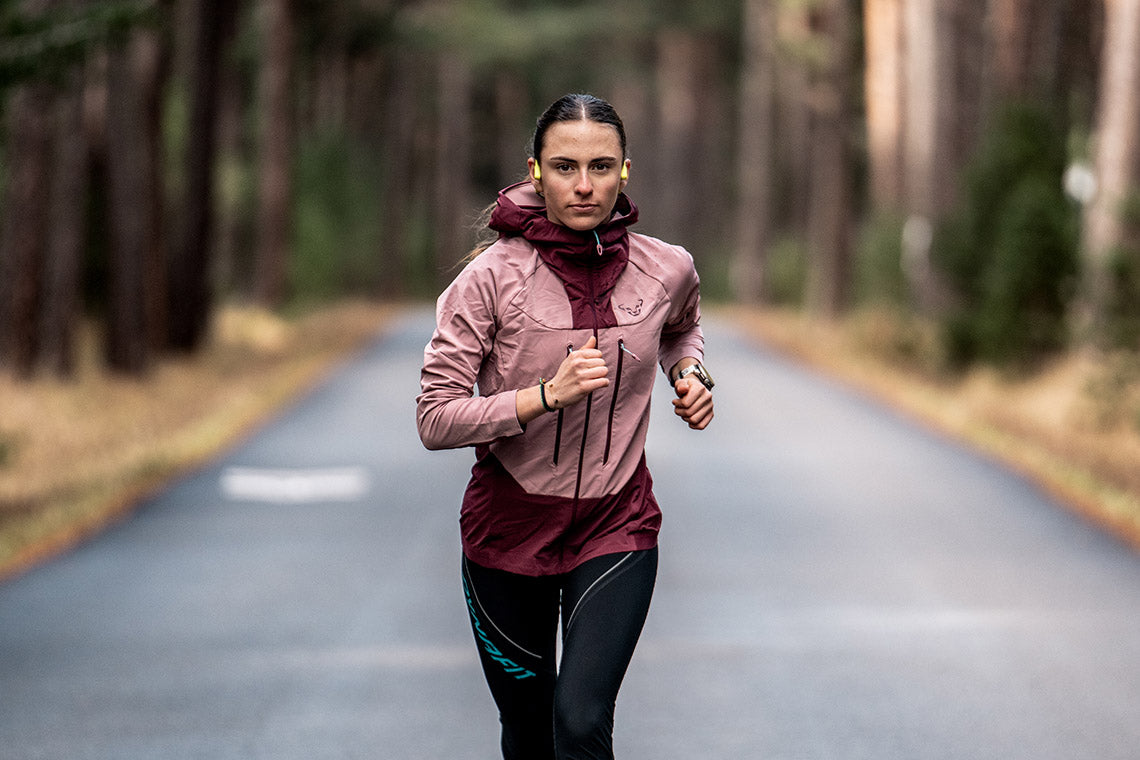
Community-powered training tunes
We asked the Suunto community for your favorite training music. Here’s what you listen to as two Spotify playlists!
In the pursuit of peak performance, the right playlist can be just as essential as the perfect pair of sneakers or a well-balanced meal. Understanding the profound impact music has on our workouts, we turned to the Suunto community for their ultimate training anthems.
The result? Two electrifying compilations curated directly from their recommendations: one pulsating with fast, energetic rhythms to fuel the most intense workouts, and the other, a collection of smooth, easy-listening melodies crafted to accompany moments of serene focus and recovery.
Dive into the beats that inspire, motivate, and elevate our training sessions below!
Fast-paced training music by Suunto Community
We asked you delivered: These power songs get the Suunto community through the tough workouts.
Easy-paced training music by Suunto Community
We asked you delivered: These chill songs get the Suunto community's workouts to flow smoothly.
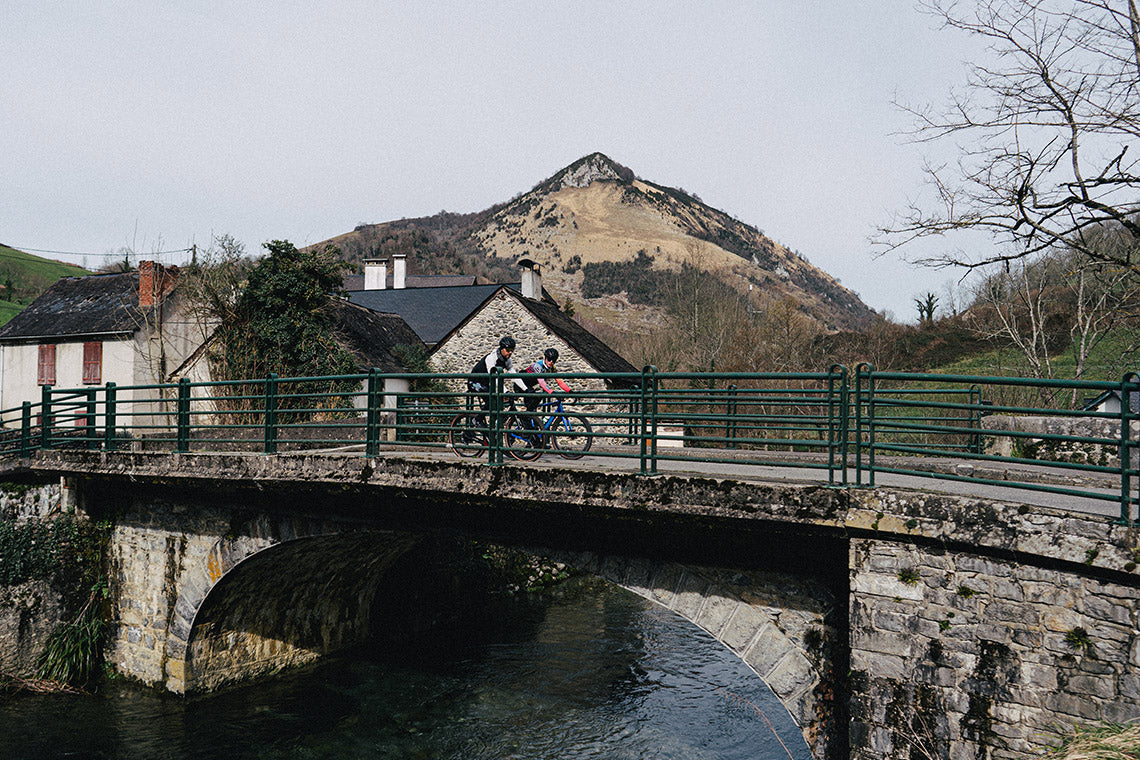
Connect your Suunto with Shimano Di2 electronic shifting
Want to know what gears you use and monitor the battery on your electronic shifting? Read on and learn how – and why – to connect your Suunto with Shimano Di2 electronic shifting.
The new Shimano Di2 SuuntoPlus sports app connects your Suunto sports watch with Shimano’s electronic shifting for real-time guidance and saves data for after-ride analysis.
See the gears you are using and the status of your Di2 battery on your Suunto.
Through the Shimano Di2 SuuntoPlus sports app, developed in partnership with Shimano, you can monitor crucial data such as gear positions and Di2 battery status directly on your Suunto.
You can view details of your shifting after your ride in Suunto app.
The SuuntoPlus sports app also saves Shimano Di2 data in Suunto app for later analyzes. It can be viewed in relation to power and speed, for example.
What gear I am on (and why should I care)
Shimano Di2 SuuntoPlus sports app offers clear benefits both during and after the ride. During the ride, you will easily see how much battery you have left in your electronic shifting system and the gears you are on. The gears you use, are also saved as part of the activity in Suunto app. Taking a moment to study these, may give you some interesting insights.
Firstly, you will learn what gears you mostly use. Did you mostly use the higher or the lower gears or was the use well in balance? This can lead to two findings: is your gearing right for the terrain and how’s your chainline.
If you spend most of the time on the lower gears and hardly ever touch the higher ones, you may want to consider a smaller chainring. Or if you are a lot on the hardest gear and spinning out, a bigger chainring might be a good option.
Another consideration is the chainline. The word ‘chainline’ refers to how straight your chain runs between the front chainring(s) and the rear sprockets. A straigt chainline is more effective and stresses the components less. So, spending more time on rear sprockets that offer a straight, “perfect” chainline is smart. This data can be collected with the Shimano Di2 SuuntoPlus sports app.
How to use SHIMANO Di2 SuuntoPlus sports app
Sync the Shimano Di2 SuuntoPlus sports app to your watch from Suunto app’s SuuntoPlus Store.
Select the Shimano Di2 SuuntoPlus sports app in the exercise settings before starting your workout.
During activity, scroll with the middle button to view the SuuntoPlus screen.
Shimano Di2 SuuntoPlus sport apps stores data for after analysis in Suunto app.
Next time you start your ride with the same sport mode, your Shimano Di2 SuuntoPlus sports app is selected as default and connects with your Shimano Di2.
Happy riding!
Lead image: Philipp Reiter / The Adventure Bakery
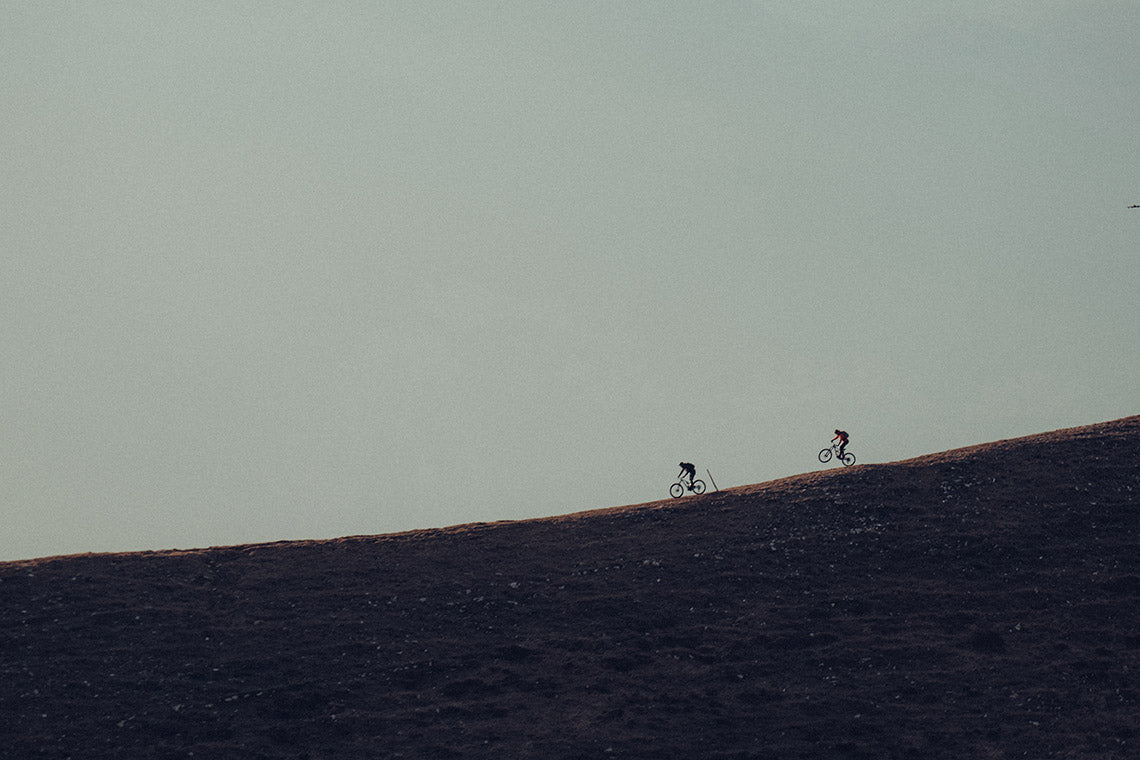
View your e-bike data on your Suunto watch
Are you riding an e-bike with your Suunto? Now you can connect your watch with SHIMANO E-BIKE SYSTEMS bicycles. Learn how to do it!
Cycling is one of the key sports within the Suunto community, with enthusiasts leveraging Suunto's advanced GPS watches to monitor and optimize their performance and explore new terrain.
Suunto’s compatibility with SHIMANO E-BIKE SYSTEMS equipped e-bikes is a new addition to meet the diverse needs of cyclists. So, whether you are hitting the trails or commuting on a bike path on your e-bike, read on!
SHIMANO E-BIKE SYSTEMS SuuntoPlus sports app, a feature developed in collaboration with SHIMANO, shows you the assistant mode (Eco, Boost, Trail), power assistance level, e-bike battery status, speed and heart rate directly on your Suunto watch in real-time during your ride.
The sports app also stores that data for after-ride analysis: You can, for example, see the assistant percentage along with the other data you tracked with your Suunto watch in Suunto app.
How to use SHIMANO E-BIKE SYSTEMS SuuntoPlus sport app
Sync the SHIMANO E-BIKE SYSTEMS SuuntoPlus sports app to your watch from Suunto app’s SuuntoPlus Store.
Select the SHIMANO E-BIKE SYSTEMS SuuntoPlus sports app in the exercise settings before starting your workout.
During activity, scroll with the middle button to view the SuuntoPlus screen.
SHIMANO E-BIKE SYSTEMS SuuntoPlus sports app stores data for after analysis in Suunto app.
Next time you start your ride with the same sport mode, your SHIMANO E-BIKE SYSTEMS SuuntoPlus sports app is selected as default and connects with your SHIMANO E-BIKE SYSTEMS bicycle.
SuuntoPlus sports app is compatible with the SHIMANO E-BIKE SYSTEMS equipped with SHIMANO Wireless Units. SHIMANO Wireless Units can be equipped with following SHIMANO E-BIKE SYSTEMS Drive Unit Models:
EP801, EP6
EP800 / E6100/E6180/E5000/E5080
E7000
E8000 / E8080 (Only E6000 cannot be equipped for SHIMANO Wireless Units)

Italy dominates the Vertical Week 2024
Suunto World Vertical Week, the thrilling celebration of the uphill challenge, united outdoor enthusiasts from around the globe in a collective pursuit of elevation gain on March 18–24. All human-powered activities by the participants were counted and every hill was turned into an opportunity to conquer new heights.
We have now analyzed the data to see which country and activity type climbed the most!
The usual suspects were on top of the country rankings
In the country rankings, the usual suspects – countries in the mountainous regions of Europe – were once again on top. This time Italy dethroned Austria for the number one spot with over 400 meters of ascent per activity on average. Switzerland also broke its way to the top three.
The only non-European nation in the top 10 was South Africa in ninth place. Greece made it to the top 10 for the first time.
Average ascent meters by country
When looking at the total ascent, meaning adding up the ascent in all the activities in a nation for the Vertical Week, France took the top spot from Spain and Italy climbed past Austria on the third spot.
Top 10 for total ascent meters
France
Spain
Italy
Austria
Germany
Switzerland
USA
Poland
United Kingdom
Czech Republic
Skiers – and the Japanese trail runners – were above the rest
In the activity type rankings, there weren’t any major changes: ski touring activities had the biggest average ascent, followed by mountaineering and trail running. The average ascent for all the ski touring activities came close to the magical 1000-meter mark but was still a bit below the summit. Maybe next time!
Average ascent meters by activity type
While the skiers had the biggest days on average, when looking at individual activities with over 1000 meters of ascent, trail runners were in the lead. In 2023 the order was the other way round.
In the individual performances, four people really stood out: They all had tracked over 20.000 meters of human-powered ascent during the Vertical Week. Impressive!
And while looking at the big picture, many people seemed to push it more than last year: For a top 10% placing, you needed to climb 2275 meters during this year’s Vertical Week. That’s almost 373 meters more than in 2023.
The same change is visible in the top of the top: To make it to the top 3% of the Vertical Week participants, you needed to climb 4062 meters, 472 meters more than in 2023.
The country rankings winner Italy is very strong also in different activity type rankings. They earned a podium spot in six out of ten different categories!
Ski touring
Slovakia 1160m
Switzerland 1062m
Poland 1051m(Average for all countries 953 m)
Whoop whoop, we have a new winner in the ski touring category! The Slovakian skiers ascended more than any other nation in any of the categories. It’s also clear that the 1000-meter mark is a clear goal for skiers, and the entire top 3 broke that limit.
Trail running
Japan 1076m
Italy 674m
Greece 600m(Average for all countries 457 m)
This is amazing: The Japanese trail runners were the only ones breaking the 1000-meter mark in any other category than ski touring. They kept their well-deserved top spot in trail running for another year. Congratulations!
Mountaineering
Italy 865m
Finland 838m
France 799m(Average for all countries 633 m)
Italy continued their dominancy, but the second place was a surprise: How did such a flat country as Finland make its way to second place?
Mountain biking
South Africa 645m
Italy 547m
Slovenia 540m(Average for all countries 393 m)
The South Africans were active on the bike, climbed more than any other nation and ensured that also the African continent was presented in the rankings.
Gravel cycling
United Kingdom 656m
United States 440m
Italy 421m(Average for all countries 298 m)
Gravel cycling was a new addition on the list this time. And, not surprisingly, the ascent meters for gravel cycling fell somewhere between mountain biking and cycling. The UK took the top spot in the activity ranking clearly.
Cycling
Spain 435m
Italy 335m
Slovenia 286m(Average for all countries 210 m)
Everyone knows that cycling in Spain in the spring is great. And they seem to know it themselves, too!
Trekking
Japan 850m
Switzerland 575m
Austria 541m(Average for all countries 351 m)
The Japanese took the top spot in two categories, trekking and trail running. Two category wins was only matched by Italy (number one in mountaineering and hiking).
Hiking
Italy 438m
Slovakia 386m
Slovenia 351m(Average for all countries 240 m)
Yet another category with a strong Italian performance. Forza!
Nordic skiing
Switzerland 363m
Austria 324m
Norway 305m(Average for all countries 216 m)
While the top three countries in the cross country skiing category were expected, what was surprising was the change in the podium lineup from the previous year: None of these three were on the podium last year.
Running
Czech Republic 152m
Switzerland 138m
South Africa 130m(Average for all countries 95 m)
Running, the most popular Suunto activity in general, is not focused on the vert. Despite the smaller numbers, there still is a winner: Czech Republic took the number one spot!
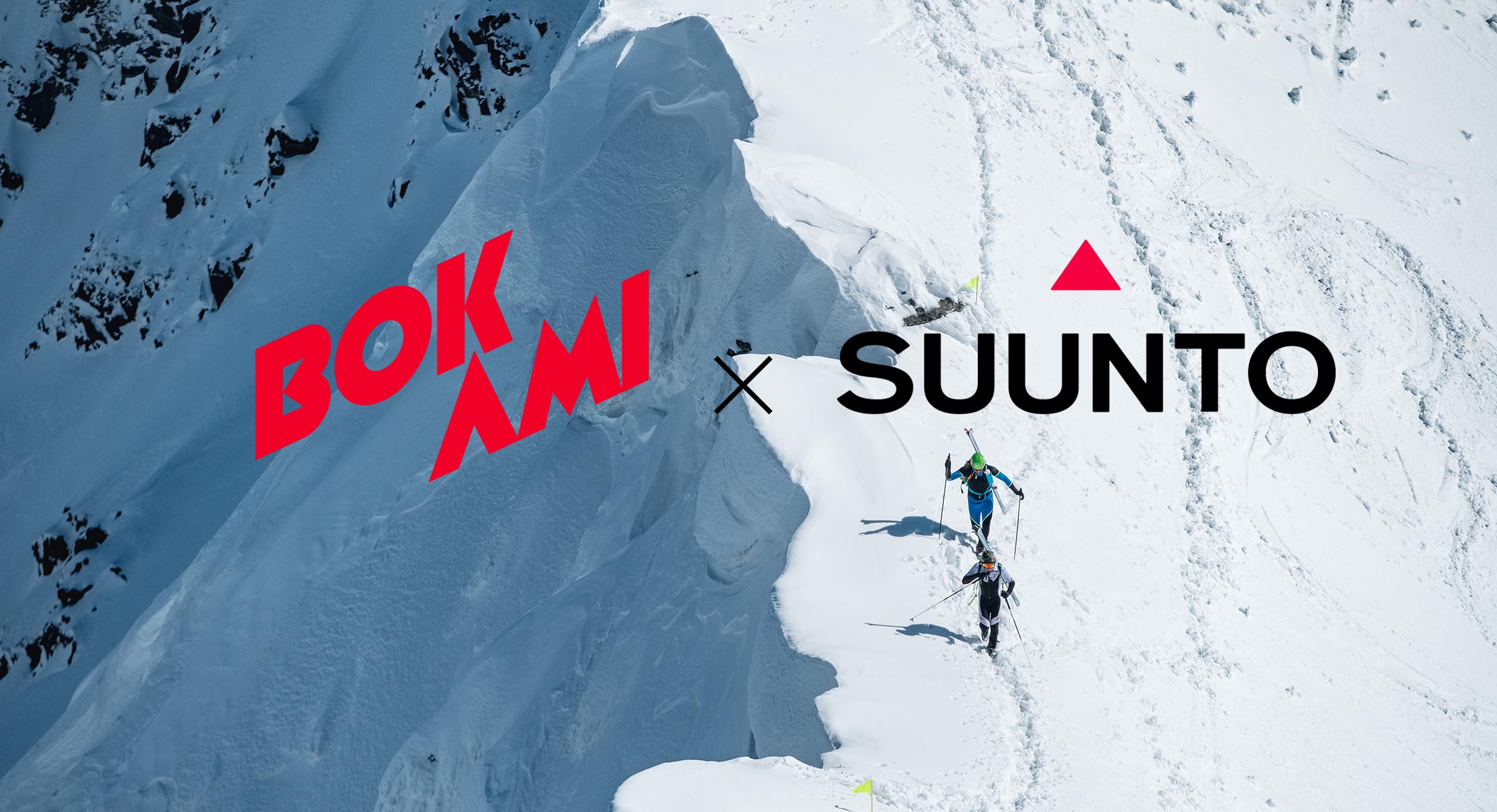
Let's celebrate Suunto and BOKAMI partnership!
We are happy to announce our cooperation with the Boky Západných Tatier organized in Slovakia on March 14-16, of which Suunto is the main partner!
Celebrate this great partnership with us and take advantage of an exclusive 20% promo code on select Suunto products by entering the following in your shopping cart: SUUNTOxBOKAMI.
More details below.
Learn more about the BOKAMI event: Bokami Západných Tatier is a three-day team race held under the auspices of the Slovak Mountaineering Association JAMES. The race follows a long tradition of ski mountaineering races in the Western Tatras that dates back to the early 1990s. It is the only multi-day and at the same time the most demanding ski race in Central Europe, which has gained a reputation in the wider European context.
"BOKAMI" in numbers: 3 days - 3 stages - 3 valleys = 60 km / about 6600 m of elevation gain.
Promotion details:This promotion is active from 14 - 28.03.2024 on Suunto Vertical and Suunto Race products. The promo code is active for the first 1000 users. One user can buy a maximum of 3 products. The promo code can be combined with other discount already displayed at apac.suunto.com. Not cumulative with any other promo code. The promotion cannot be applied to refurbished products and customized products.



































































